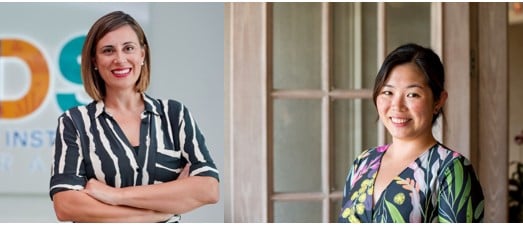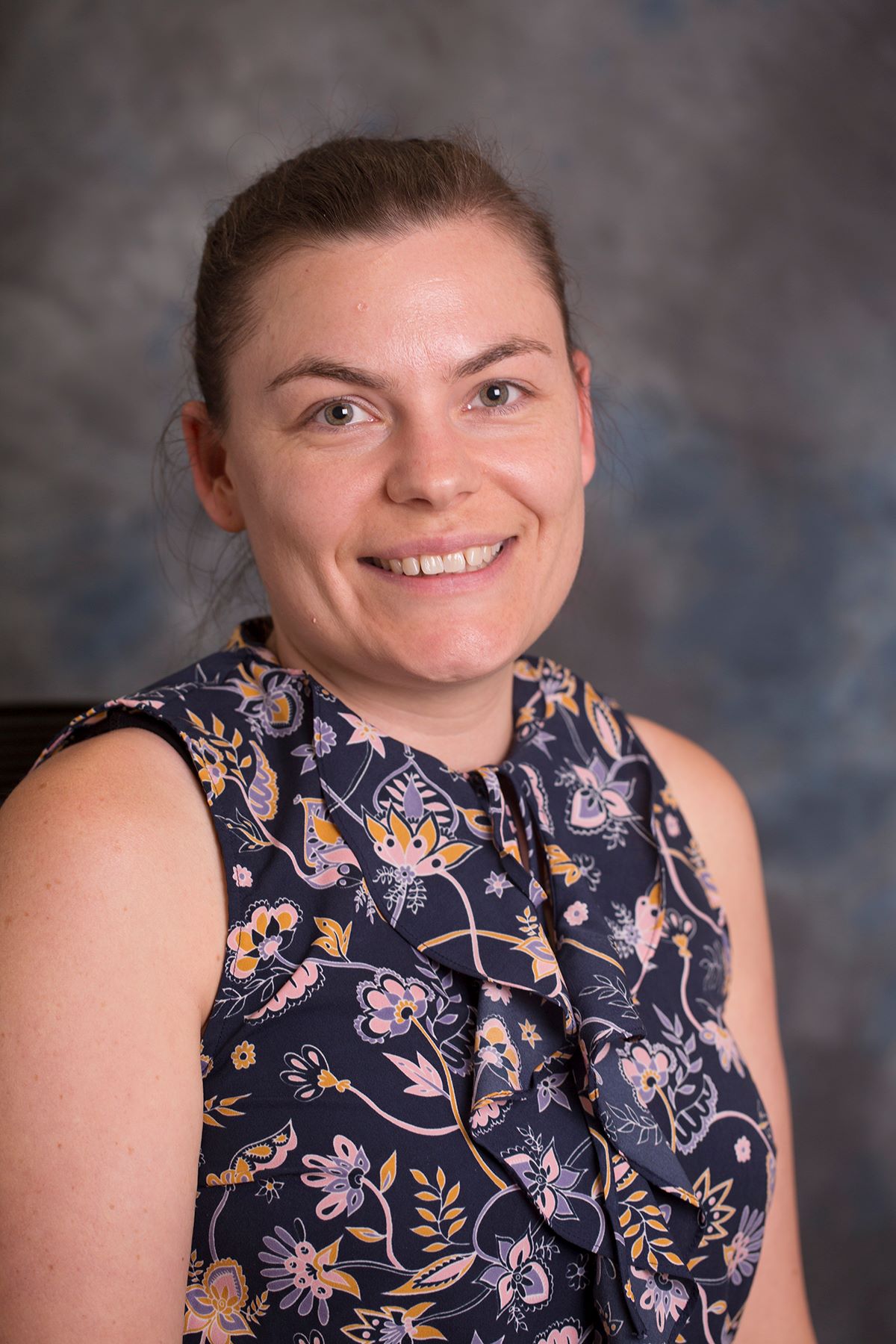Search

News & Events
Embrace 2024 Research Award winners announcedEmbrace 2024 Research Award winners Associate Professor Yael Perry, Julia Bak, and Dr Helen Morgan (not pictured: Jacinta Freeman and Oliver Keane).

News & Events
Free panel discussion on permacrisis in mental healthEmbrace @ The Kids Research Institute Australia, in partnership with Rio Tinto, is hosting a free public panel discussion on permacrisis and the mental health of young people at Perth State Library on Thursday 9 November, with a keynote address from Professor Helen Milroy AM.

Donate to Embrace Mental health is a major and complex issue impacting our children and young people, but it is still not fully understood. That’s

Embrace is always looking to our community group for new ideas on how to better connect with you. Let us know what events and topics you would like to see for a chance to win 1 of 3 $50 vouchers!
We recognise that we can learn a lot from our families. This area of research looks at the reasons why families living with diabetes choose whether or not to participate in research.

News & Events
Launching DiabHQ app this World Diabetes DayInnovative new digital platform set to transform diabetes care for WA families.

News & Events
Seed Funding GrantsThe Rio Tinto Children's Diabetes Centre; a Breakthrough T1D Centre of Excellence is excited the announce the latest round of seed funding recipients.



